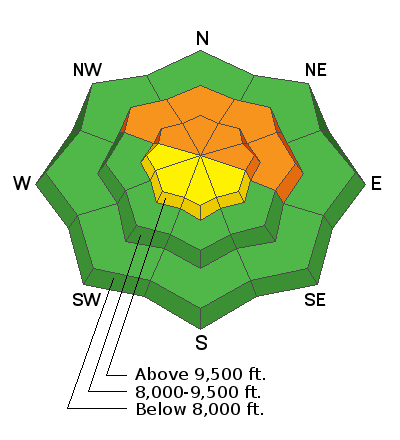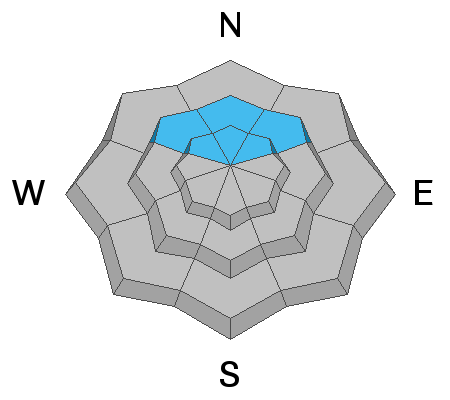Forecast for the Skyline Area Mountains

Issued by Brett Kobernik on
Wednesday morning, January 5, 2022
Wednesday morning, January 5, 2022
The avalanche danger remains CONSIDERABLE on mid and upper elevation northwest, north and northeast, and east facing slopes. Large human triggered avalanches are likely.
Continue to avoid steep slopes on the north half of the compass until we are sure that the snowpack is stable.

Low
Moderate
Considerable
High
Extreme
Learn how to read the forecast here




